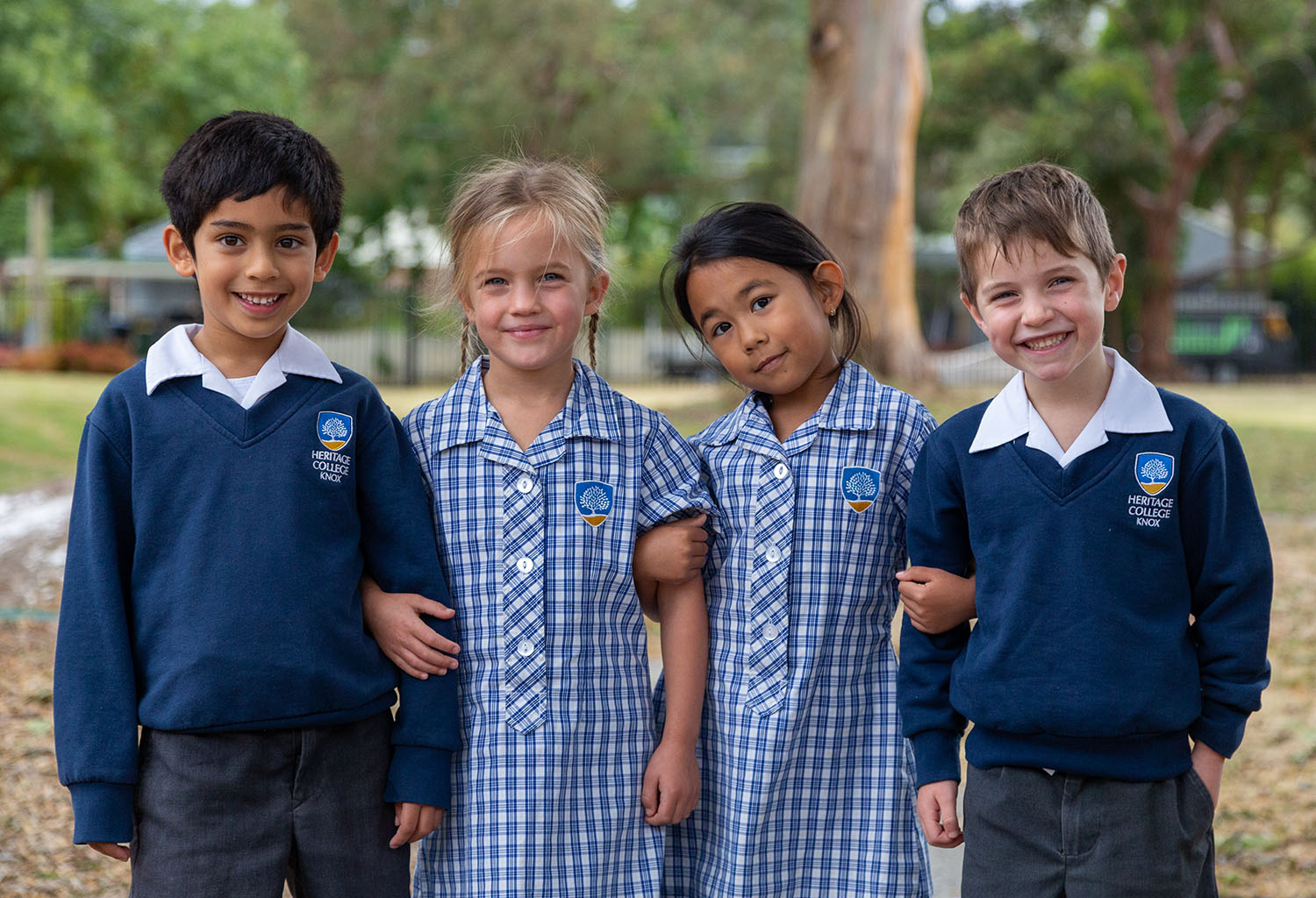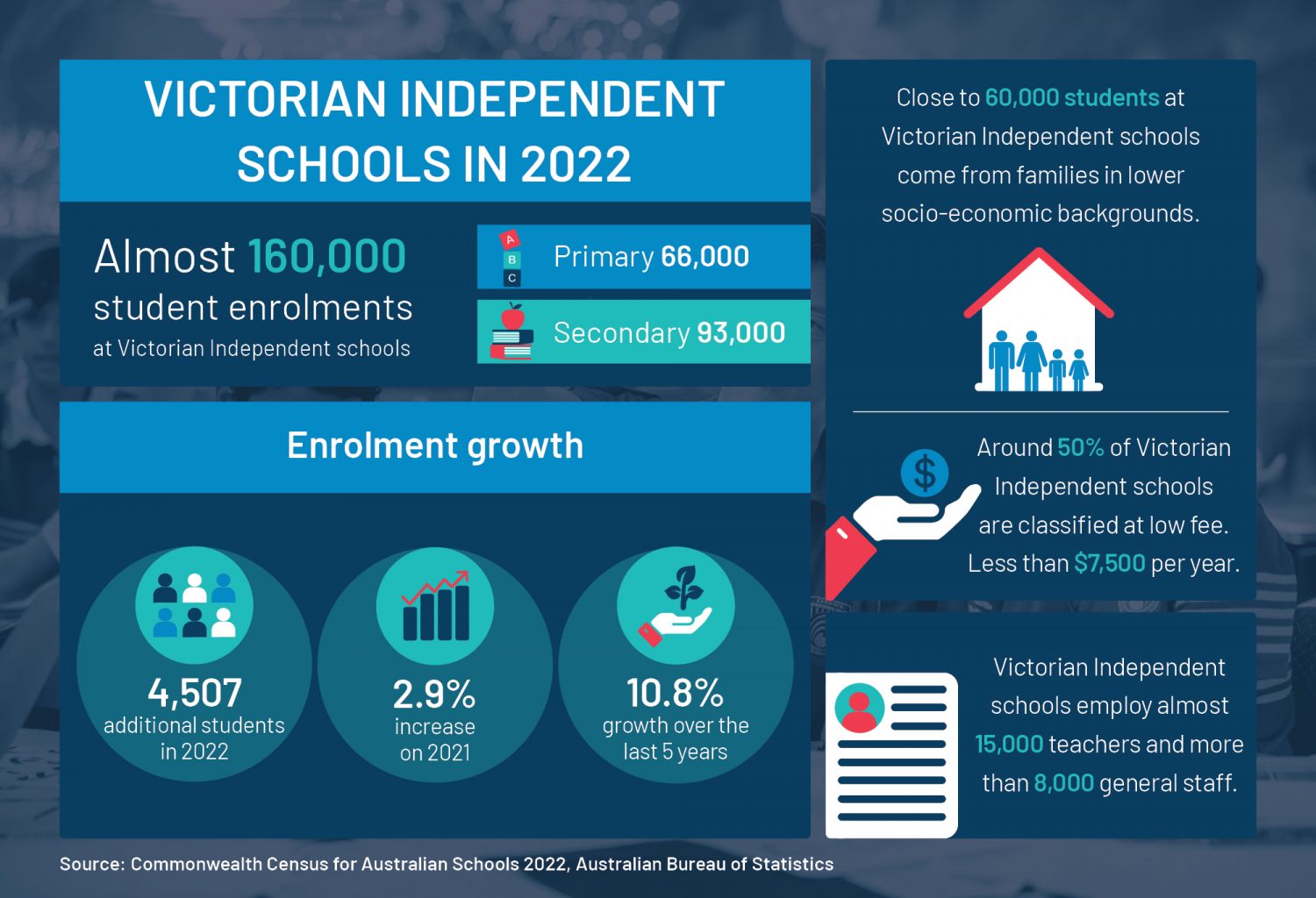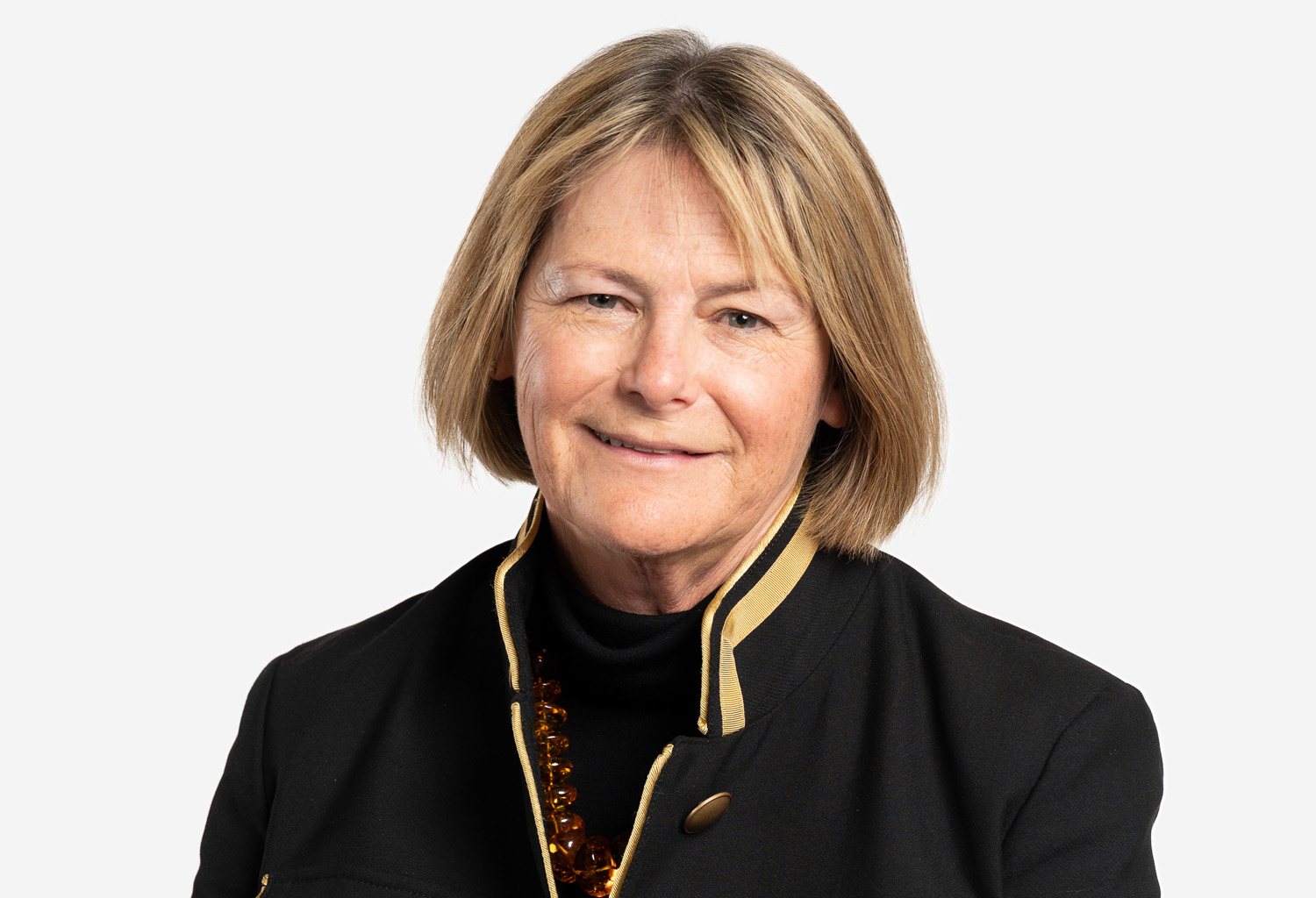Growth brings opportunities – and challenges

3 min read
The latest school enrolment figures confirm the appeal of Independent schools to a growing number of families, but the implications of this story are not always recognised by all.
The latest school enrolment figures brought good news for Independent schools. Enrolments continue to grow strongly, entrenching a consistent trend. The growth is across the sector, in long-established metropolitan schools and newer ones on the urban fringe. It is pronounced in schools charging lower fees, attracting families from lower socio-economic backgrounds. Islamic schools are among the fastest growing, reflecting the changing nature of the Australian community.
More than 15 per cent of all young Victorians – close to 160,000 students – now attend an Independent school. The figure rises in secondary schools where one in five students is enrolled in one.
This trend, confirmed in ABS data released this week, has been apparent in recent years. The data confirms the appeal of Independent schools to a growing number of families who embody the diversity of society and defy stereotypes. But the implications of this story are not always recognised by governments, bureaucracies and policy makers, by education commentators, and by some in the media who cling to cliches.
Nor is this change always recognised by everyone in the Independent sector.
“Independent schools are meeting the demands of a growing number of families seeking a school that’s accessible, affordable, that meets the needs of their children, and is aligned with their values.”
— Michelle Green, Chief Executive, Independent Schools Victoria

The figures tell us several things. Independent schools are meeting the demands of a growing number of families seeking a school that’s accessible, affordable, that meets the needs of their children, and is aligned with their values. Parents from a wide range of backgrounds are exercising choice, opting for Independent schools that are filling gaps in the wider education system.
The challenge for governments is to properly acknowledge that Australia’s school system is a partnership based on three sectors – government, Catholic and Independent. Non-government schools are not fringe outliers.
Even though there’s a long-established recognition by governments of the role of Independent schools, evidenced by the commitment to the principle of a degree of government funding for all students, regardless of sector, this does not always play out in the day-to-day setting of policy.
While ISV and other Independent sector bodies seek to maintain close cooperation with governments on education policy, state governments face the challenge that’s inevitable when they control and manage one school sector, while enacting legislation, policies and regulations that affect all sectors. At times, official commitments to consultation amount to informing non-government schools of policy changes moments before (and sometimes even after) they are announced.
This is unsustainable and inefficient. It can lead to poor policy and a lack of coordination, at a time when half of all Victorian students attend a non-government school. It also obstructs opportunities for collaboration that would benefit teachers and students, regardless of sector.
This needs to change.
A common commitment to the value of independence and autonomy
For those engaged in Independent schools – principals, teachers, students and their parents – the figures present challenges that are sometimes obscured, given each school is naturally and properly focussed on its own interests and commitments.
The first challenge for these schools is to recognise, even if they sometimes complete with one another, that they are members of a widely diverse education community, united by a common commitment to the value of independence and autonomy, while operating within the bounds of law and regulation, including obligations that come with taxpayer funding.
The growth in the number of students at Independent schools following a range of philosophies presents challenges to those schools, as well.
It reinforces the need for ensuring they all are aware of their obligations and opportunities in the whole area of school operations – curriculum, registration and regulation, compliance with legal obligations, the treatment of staff, an understanding of finance and funding, and the need for sound governance.
Failures in any of these areas not only risk harming the functioning of the school and the wellbeing of staff and students, but risk damaging its reputation and the reputation of the Independent sector more broadly. Lapses can also creature pressure for more intrusive government oversight.
The growth also provides (mostly welcome) challenges for ISV. Providing advocacy, information, advice, and support to all of our members is what we do. At times this involves balancing the expectations of individuals or groups of schools, with the interests of the Independent sector as a whole. We support schools individually and collectively, a task that can create daily challenges which we accept as part of our role.
Michelle Green was Chief Executive of Independent Schools Victoria from 2002–2023.



